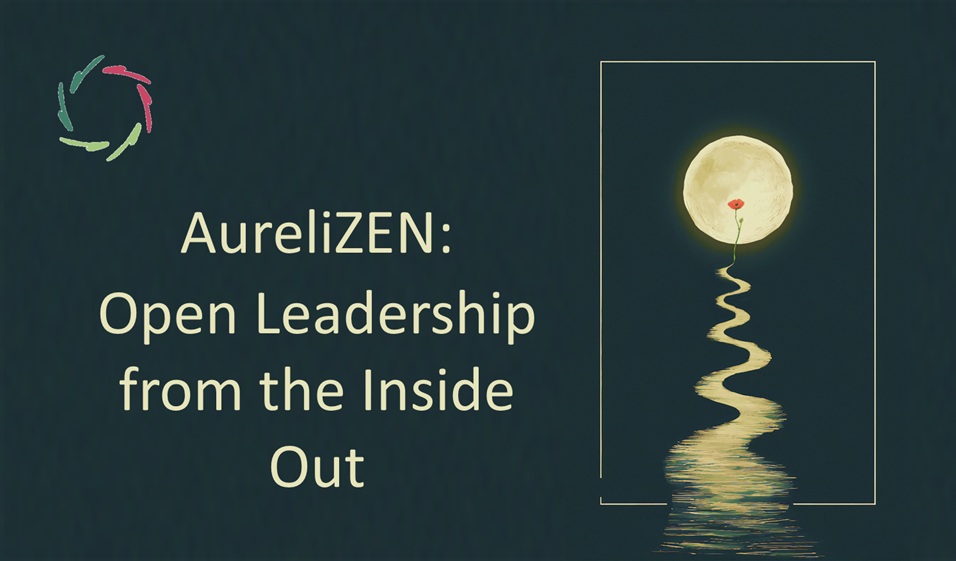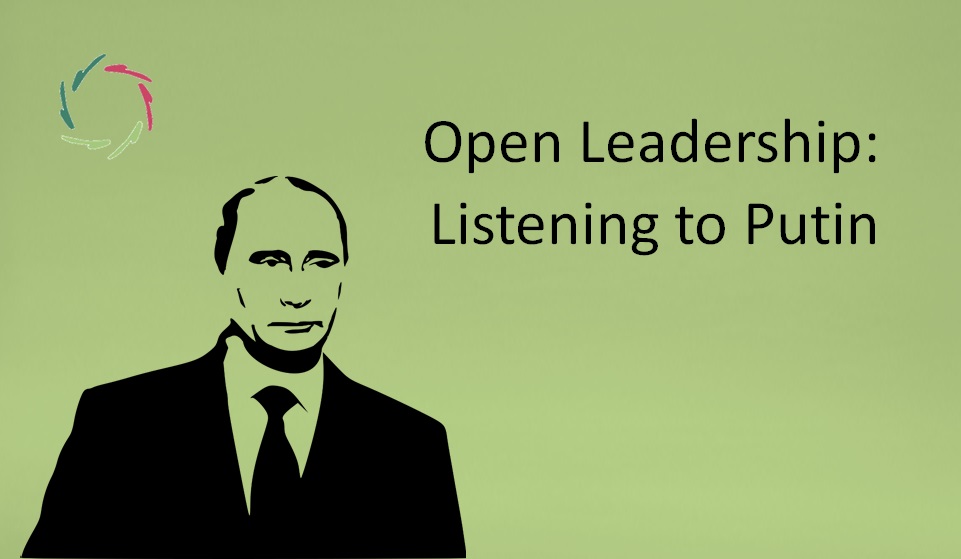Two Pats on the Back, Better than One?

Study in US: encouragement helps 98% of the people surveyed to get to better results at work.
‘To encourage’ = ‘to put heart into.’ Literally.
You recognize herein the French word ‘coeur’. It has to do with ‘the heart’. It is not just a sentence stumbled out quickly, not your shoulder pat itself that is of importance, but the attention with which you give it. The shoulder pat needs to be sincere, straight from the heart.
It is important to show you really care about that person.
So: the ‘caring about’ and also the display of it… Expressing emotions, for a lot of people, has the same meaning as ‘being vulnerable/showing vulnerability’. Hence a withdrawal reaction. Hence a passing by of important possibilities that help to determine the ‘bottom right’ on documents of turnover and profit. Arguments to not praise someone (it takes up too much time; others will feel neglected…) are a renunciation of the most important, maybe even the only tool of leadership: the ‘way from heart to heart’. That is regrettable.
Being sensitive by no means implies being vulnerable…
Unless one has been taught differently. On top of that, ‘showing emotions’ often means to others: “He/she is a pushover”; we can do whatever we want with him/her.” This is wrong. Being the pushover does not lie in emotions but rather in how one learns (or does not learn) to deal with them.
To feel valuable. This is important for you as well as for me and for all your employees.
Though it is often not evident! As a social being we estimate our self-worth in relation to others: either in comparison to others or depending on how others judge us. This means that most of the time we show ourselves ‘more valuable’ than we ourselves believe we are. In other words: almost everyone has more self-doubt inside than revealed to others. Which means that they are missing out on the support that they actually need to tackle this. In addition, the fear exists of others noticing this self-doubt or even taking advantage of it. Which is definitely not unimaginable. So if there is an opportunity to relish this support in a socially acceptable and safe way, then people are often really thankful for it. Even if they don’t grasp what it is they are exactly thankful for.
Your pats on the back belong in this setting.
You also notice that this is not only to be used as an open form of acknowledgment or as we celebrate a success. It is also appropriate in difficult situations, when in fear, doubt, uncertainty, (danger of) discouragement, even if failure is luring… After all, it does not revolve around a simple reward. Forget the world of simple mental reflex bows and ditto conditioning.
People live with meaning.
It makes the social world much more difficult and more interesting, subtle, versatile. Knowing that you, as a leader, are very concerned about the deep feeling of self-worth of others is comforting and motivating for all your employees. This allows/makes people ‘grow’. Mind: only if the praising is really directed to the other person and not used to satisfy the own ego. In the latter, the praising had a ‘top down’ flow. It immediately feels very different.
Even you could use a meaningful pat on the back. Everyone, so you too. A leader gives and receives. You trigger it by being invisible of course. So show your efforts in an objective way. What should be avoided by all means, is giving the impression that you depend on encouragement out of self-doubt. It is not weakness. It is a sign that you realize what makes you even stronger.
The goal is also: stimulating collaboration.
It would be a negative thing to do: making other(s) jealous by giving someone a compliment. This can be a vague feeling that builds up slowly. Act in a positive way by praising the whole group as you praise an individual. “I know you’ve all put your best foot forward. But someone stood out lately: Mrs. Demulder, in particular, whom I want to thank today. But through her I want to thank the whole group for the efforts delivered.” You can even reinforce this, when giving something, by presenting it to the group ‘on behalf of’ Mrs. Demulder. Or even better: ‘by’ Mrs. Demulder. This may be discussed with her beforehand, if it seems more appropriate to do so. Time is money. A valuable occasion for teambuilding, like this one, is golden. And it doesn’t even have to cost a lot of time. Moreover, you will – deservedly – enforce your position as a leader even more this way. You are the giving one. You are the one who stimulates others to give to one another. This is an example of ‘deep communication’ of leadership.


